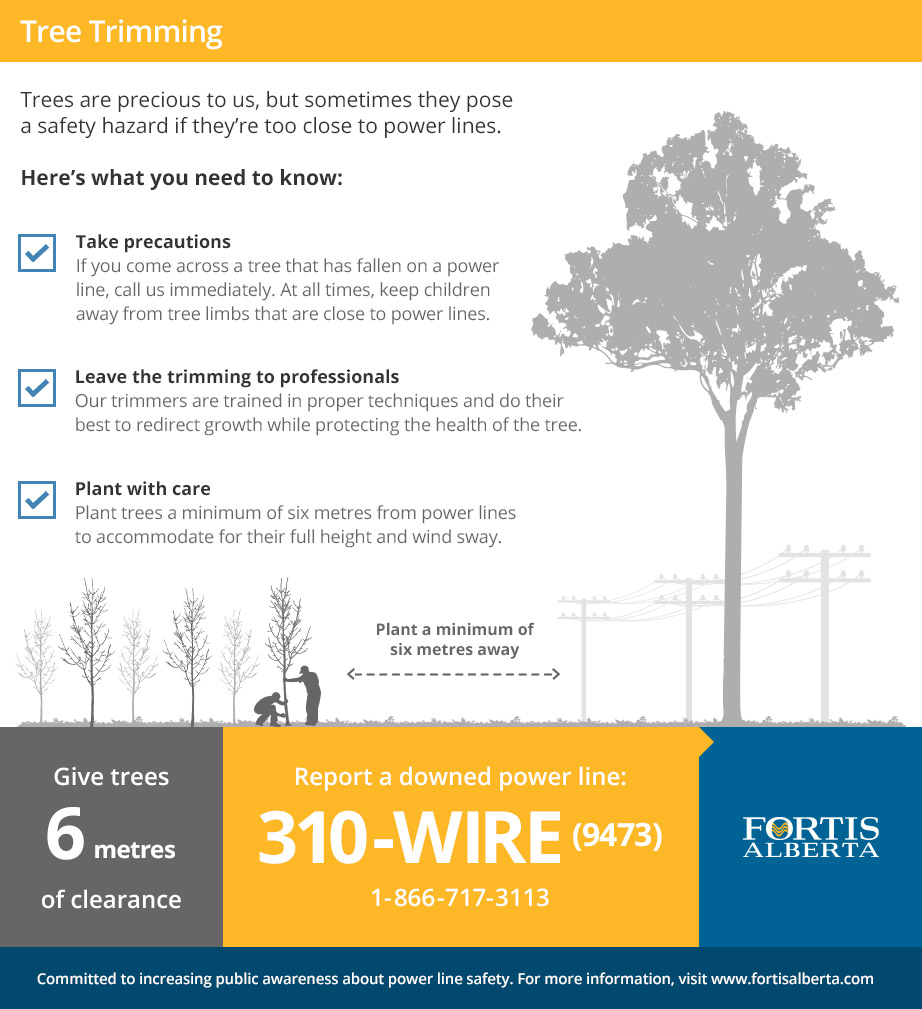Tree Care By Period: Efficient Approaches For Taking Care Of Trees Prior To And After Their Elimination
Tree Care By Period: Efficient Approaches For Taking Care Of Trees Prior To And After Their Elimination
Blog Article
Write-Up By-
When it comes to seasonal tree treatment, ensuring appropriate administration before and after removal can significantly affect the health and wellness and appearances of your landscape. By recognizing the necessary steps associated with assessing tree wellness and preparing for elimination, you can proactively secure your home. Yet what concerning the vital methods to follow as soon as the tree is gone? Stay tuned to uncover the essential post-removal treatment steps that will aid you cultivate a thriving and sustainable environment for your trees.
Pre-Removal Tree Care
Before dealing with the elimination of a tree, it's vital to focus on pre-removal tree treatment. Begin by analyzing the tree's health and wellness and structural stability. Look for signs of disease, pest invasions, or any type of architectural problems that might posture a security risk during elimination. It's vital to seek advice from a licensed arborist to determine the very best strategy.
Pruning dead or unhealthy branches can stop more damage to the tree and guarantee a smoother elimination procedure.
In growth trees , consider the ecological effect of eliminating the tree. Trees play a crucial role in our ecosystem, so growing a new tree in an appropriate location can help counter any loss. Ensure that you have the necessary permits and approvals for tree removal, particularly if the tree is secured by neighborhood regulations.
Seasonal Upkeep Tips
Examining your tree's requirements throughout the year is vital for its health and long life. To keep your trees in leading condition, comply with these seasonal maintenance pointers.
In springtime, concentrate on pruning to remove dead or damaged branches and encourage brand-new growth.
Summertime calls for regular watering, especially throughout dry spells, to ensure your tree remains hydrated.
As loss approaches, keep an eye out for early signs of disease or stress and anxiety, and consider applying compost to protect the origins during wintertime.
In winter months, be cautious when removing snow from branches to prevent breakage, and continue to check your tree's total health and wellness.
Bear in mind to readjust your treatment routine based on the particular needs of your tree types and neighborhood environment. By remaining conscientious and aggressive throughout the seasons, you can help your trees grow and thrive for several years ahead.
Post-Removal Tree Care
To ensure the wellness of your landscape even after tree removal, correct post-removal treatment is important. After a tree is eliminated, it's crucial to load the continuing to be hole with topsoil and small it to stop settling. This will aid preserve the stability of the ground and stop possible hazards in the future.
Think about growing new vegetation in place of the gotten rid of tree to bring back the balance and visual appeals of your landscape. Consistently arborist bull rope to promote the growth of new plants and protect against dirt disintegration.
Examine the bordering trees for any type of indicators of condition or stress and anxiety that might have been brought on by the removed tree. Watch out for bugs that may've been attracted to the previous tree and take preventive measures to shield the remaining plant life.
If necessary, consult with a specialist arborist to assess the impact of the removal on the bordering trees and determine any additional treatment needed. By following these post-removal treatment steps, you can make sure the continued wellness and appeal of your landscape.
Conclusion
Finally, proactive seasonal tree care is essential for keeping the health and balance of your landscape. By analyzing tree wellness, trimming, and consulting with an arborist prior to removal, you can make sure a secure procedure. After elimination, loading the hole, planting new plant life, and regular watering will certainly advertise new development and protect against erosion. Remember to examine bordering trees for condition and look for more care procedures from an arborist to keep your landscape thriving.
